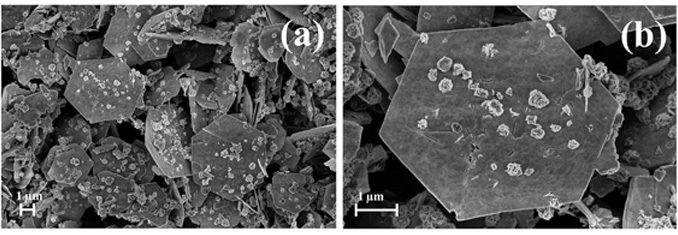
Writers: Joshi, Nirav and da Silva, Luis F. and Jadhav, Harsharaj and M’Peko, Jean-Claude and Millan Torres, Bruno Bassi and Aguir, Khalifa and Mastelaro, Valmor R. and Oliveira, Osvaldo N.
Keywords: gas sensor; ozone; oxide
Abstract: Nanostructured semiconducting oxides have been used as resistive gas sensors of toxic and non-toxic gases{,} but little emphasis has been placed on ozone sensing. Here we present a new ozone gas sensor based on hierarchical NiCo2O4 cubic structures synthesized via a facile urea-assisted co-precipitation method and annealed at 450 [degree]C{,} which showed a low detection level. Ozone detection was carried out through electrical measurements with an optimized performance at 200 [degree]C{,} with fast response ([similar]32 s) and recovery ([similar]60 s) time with suitable concentration range (from 28 to 165 ppb) for technological applications. Furthermore{,} NiCO2O4 platelets are selective to ozone compared to other oxidizing and reducing gases. The low detection level can be attributed to the coexistence of 3D structures based on hexagonal platelet-like and porous flower-like shape{,} which were revealed by field emission scanning electron microscopy (FE-SEM). In summary{,} NiCo2O4 is promising for detection of sub-ppb levels of ozone gas.




